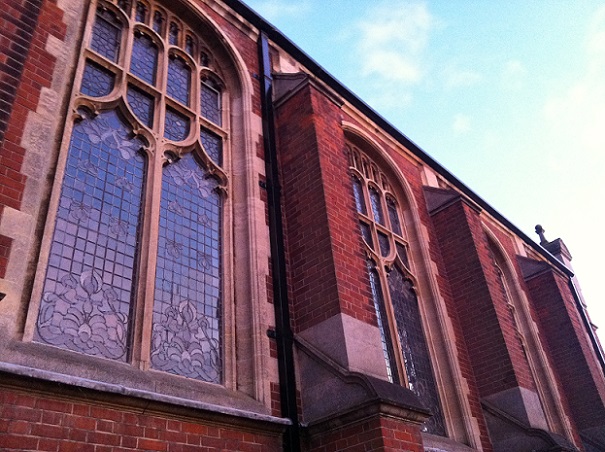The second part of the Britten listening project has seen the composer spread his wings stylistically and personally, as he moves into his teens and leaves home. There are still strong musical references to his favourite composers of the moment, but his willingness to experiment is greater than before, a young composer warming to his task.
Britten has chosen chamber music forms for the bulk of his experimentation so far, while the choral works and many of the songs keep to a more traditional path. It is as if he is keeping his options open, using these as an insurance policy to impress those of a more conservative bent, while he really pushes himself elsewhere.
A key factor in music written in the three years of Gresham’s is his exposure to contemporary music, both through the teachings of Frank Bridge on visits to London and through his own explorations. Schoenberg and Berg have made a big impression, and the influence of the former is evident in the music of the Quartettino, where the pursuit of atonality goes even further than his Bridge’s String Quartet no.3. Ravel and Debussy also loom large, the latter coming to the fore in the extraordinary Quatre chansons françaises, a one-off at this point but one where Britten shows pure, raw talent in text setting, with an originality far beyond the works written for his mother.
The two choral works examined in this period are particularly beautiful – the Wealden Trio and the Hymn To The Virgin showing an ease with part writing, purity of line and a depth of expression, all attributes built on by the composer in his later work.
Britten’s grasp of form in larger works is evident through the titles of the works published rather than much music that exists in recorded form at this moment – there is a Symphony in D minor from 1927, several piano sonatas and a Piano Trio. There is, however, the early String Quartet in F, which shows he can do more conventional four movement structures without too much of a problem, although the slow movement could almost have been transported in from a different work altogether.
On a smaller scale there are works such as the Rhapsody for string quartet that show both Bridge’s influence and the young composer’s confidence with single movement forms. Perhaps most representative of his style so far are the works where his own instruments of viola and piano are involved. Both the Reflection and A Little Idyll show the wanderings of a composer’s mind as he tries out ideas, hinting at the beginnings of a style in formation.
As yet only Bridge has had a lasting influence where teaching is concerned, for his teacher Walter Greatorex at Gresham’s appears to have shown him much of the way he doesn’t want to go. For the next stage in his life Britten heads to London and the Royal College of Music, where he will fall under the teaching of John Ireland and Arthur Benjamin, as well as continuing to study with Bridge. It is there that his first publication proper, the Sinfonietta, Op.1, will usher in a new era.

